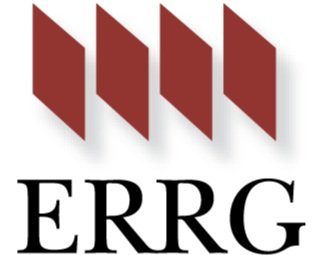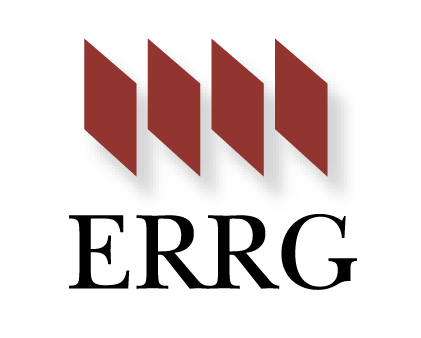Remedial Action (RA) at Former Waikoloa Maneuver Area, Areas B, O, Q, and J
Client: U.S. Army Engineering and Support Center Huntsville District
Project Overview: The RA coverers part of the Waikoloa Maneuver Area in Hawaii and was designed to reduce potential explosive hazards and prevent interaction between human receptors and MEC on the surface and in the subsurface. The project area covers approximately 145.5 acres with digital geophysical mapping (DGM) and advanced geophysical classification (AGC) discrimination as the default approach over 115.5 acres. In the other 30 acres, uneven terrain and fencing did not allow for DGM and AGC data collection and were cleared using analog methods (mag-and-dig). Prior to performing the geophysical surveys, vegetation clearance was conducted over most of the site, removing most surface vegetation and thick brush.
Distinctive/Unique Features: Biological and Cultural Resource Management: An on-site biological survey was conducted to ensure that field activities would not jeopardize threatened or endangered species, and to prohibit any action that would result in a “take”. Biological resource training was conducted by the biologist prior to vegetation clearance and intrusive investigations.
There are known archaeological sites within the parcel, so a thorough archaeological reconnaissance survey was conducted to map archaeological features. The results were used to inform the vegetation removal teams and teams performing the data collection, intrusive investigations, and analog clearance and minimize potential disturbance of these sites. UXO Technicians were trained to practice avoidance of archaeological findings to prevent potential impact of these areas. During intrusive investigations in areas of archaeological significance, an archaeological monitor was on-site to further ensure protection of culturally sensitive areas.
Challenges: Geologic background response variation was significantly higher than anticipated at the site, which resulted in low signal to noise levels preventing detection of Quality Control (QC) seed items. Estimated source locations were also impacted by the variable geology across the site, and the cued classification technology was unable to estimate source locations as accurately as it does at sites with homogenous soil response. Background variations made it difficult to meet measurement quality objectives (MQOs).
Solutions: To minimize the effects of background variations, the project team created a method for reducing the geologic response which increased the signal to noise ratio and successfully detected all QC and Quality Assurance (QA) seeds. A field change request was submitted to increase the dig radius from 0.25m to 0.38m and the horizontal offset MQOs was changed to align with the dig radius. The increased dig radius was necessary to ensure the TOI were recovered if their predicted locations were greater than 0.25m from their actual locations.
End Result/Customer Satisfaction: Nine Munitions and Explosive Concern (MEC) items were recovered during the intrusive investigation efforts and all of the items were inspected and disposed of. Final reporting is still in the works, but the client has been pleased with our work and would recommend ERRG for projects with similar requirements in the future.





